As a product manager, you know the importance of SEO for making sure that users interact with your product instead of your competitors. You probably even have an entire team dedicated to making sure your website lands as high as possible. While you might think of this strategy limited to search engines, you can apply many of the same approaches to optimize your products for app stores.

App store optimization, called ASO for short, is a critical aspect of every mobile product development. In this article, you will learn what it is, why it’s important, and what actions you can take to boost how many people discover your app
You could say that ASO is like SEO for Google and Apple stores.
While SEO optimization focuses on improving how your website ranks on search engine results, ASO focuses on improving app positioning in mobile stores.
ASO includes both how highly the app ranks for direct search results, as well as how discoverable your application is when exploring specific app categories:
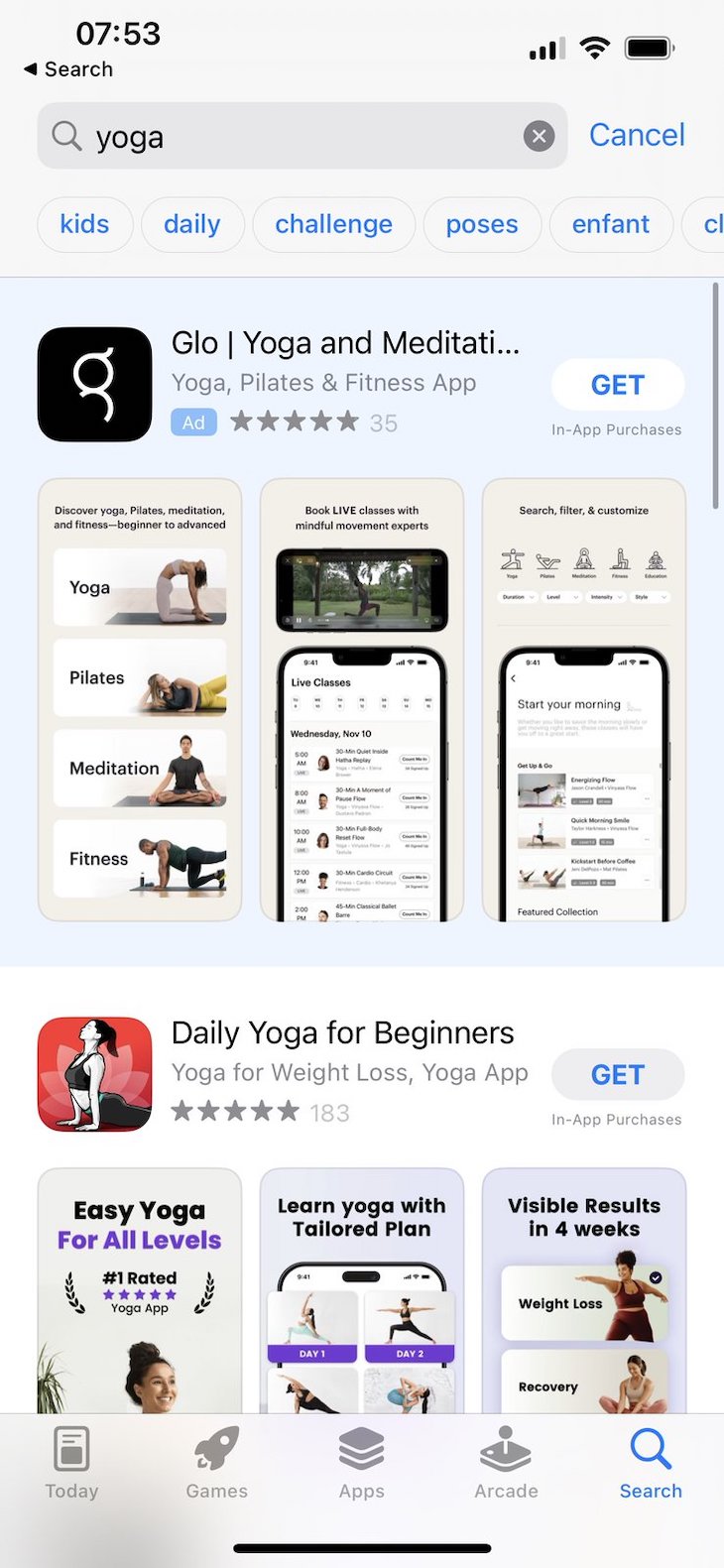
Focusing on ASO also dramatically improves the chances that Apple or Google will promote your application in featured sections of their stores, which always leads to a nice bump in traffic:
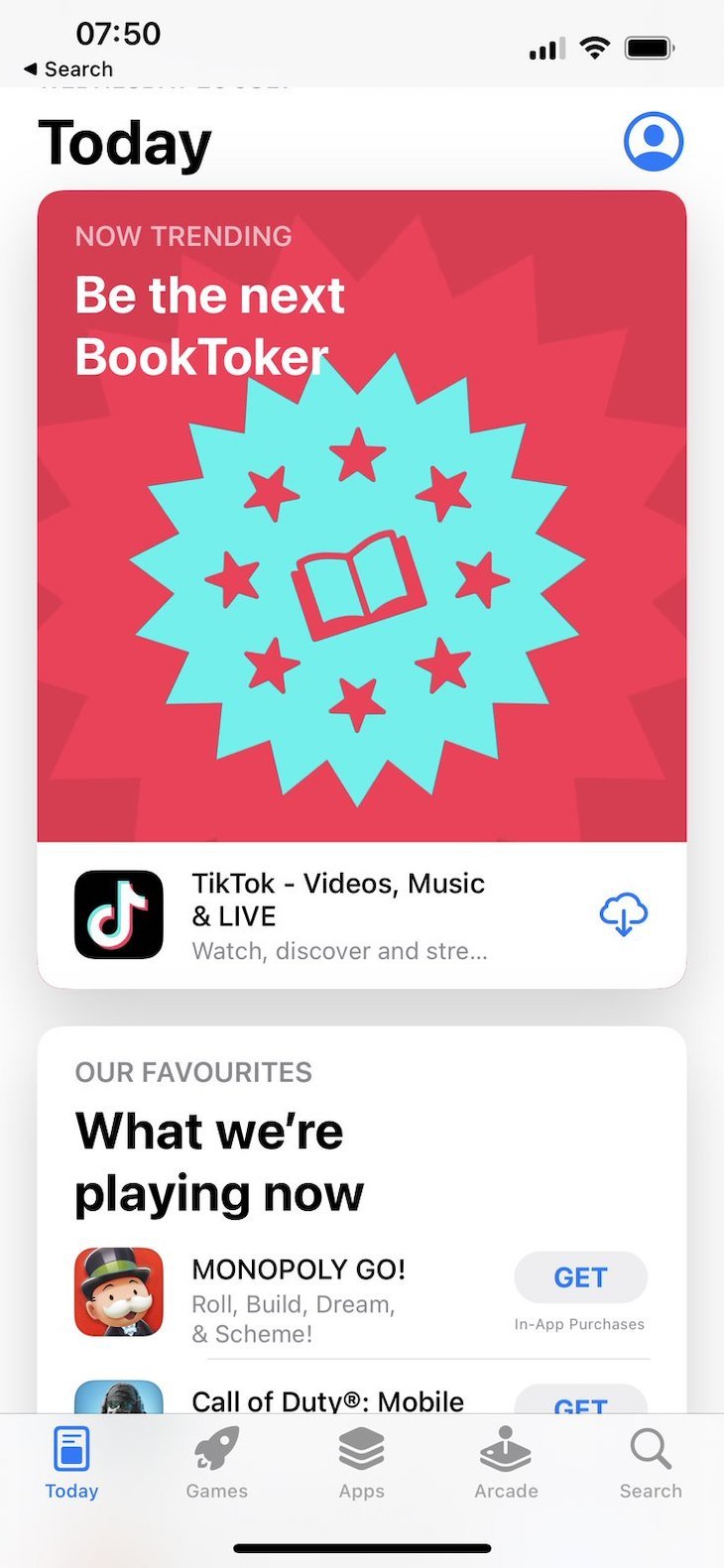
There are three main reasons to focus on ASO:
The more people discover your app via organic search, the more downloads you can expect.
App stores are powerful acquisition channels, so make sure to use them.
Acquiring users becomes increasingly expensive, especially as your product grows.
It takes a lot of time to establish true virality (and it often requires an expensive incentive), ads become more expensive once you capture early adopters, and sales and partnerships are costly in nature.
On the other hand, ASO is free. The more users you can capture from this channel, the lower your overall CAC per user will become.
Even if some users don’t download your app straight away, if you frequently appear on top of their top results, they’ll remember you.
Take Duolingo, for example.
Practically everyone knows what it is and what it does, even if they don’t use it. One of the reasons for that is the high ASO ranking and the fact that whenever you look for educational or language learning apps, you are likely to see them on top of the results. Over time, it just sticks.
There are both official (disclosed by stores) and unofficial factors (no one truly knows every factor that impacts store ranking) that influence your app positioning.
The few most important ones include:
Your app name and description should fit the search intent of potential users. If someone is looking for a “cooking recipes” type of app, then you need to choose keywords that indicate your app is about “cooking” and “recipes” for stores to know that your product matches what the user is searching for.
The app name itself is the most crucial keyword you have. Typically, you should include a short description of what the app does in the name, and nailing it is one of the most important app store optimization tactics.
Stores tend to favor products that have reviews with high:
Reviews signal that your app is fresh and alive (new reviews coming) and that it’s valuable for users (volume of reviews and the average score).
Although it’s not an officially disclosed factor, there are plenty of anecdotes when ASO positioning dropped significantly when the number of crashes and issues in the product spiked. Make sure you keep your app healthy and stable.
If users bounce from your store listing without downloading as your ranking grows, it’s a signal to the algorithm that your app might not fit users’ search intent after all. On the other hand, if it stays stable or grows, it encourages the algorithm to push it up the ranking to maximize the overall store’s view-to-downloads ratio.
Let’s now explore a few key techniques for improving your product’s visibility in app stores:
Not including descriptive keywords in your app name is a rookie mistake.
Your app name is the most powerful keyword you have and the first thing users see when looking through search results. Make sure it’s clear what the app does and matches your target audience.
For example, Fitatu is a calorie counter app, so they put it in their name. It both increases the chances of people discovering Fitatu when searching for a “calorie counter,” and it immediately signals it’s what they were looking for:
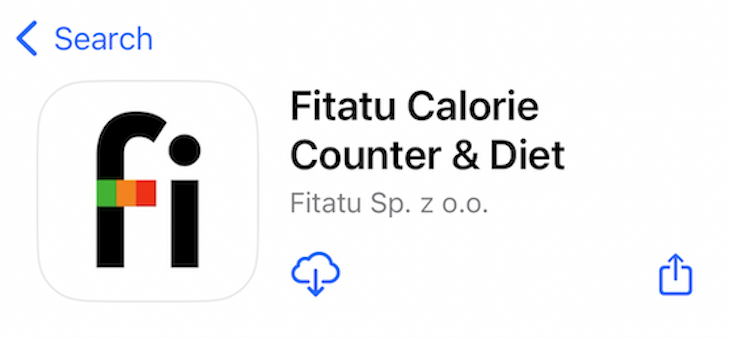
Sleep Cycle also does a good job of signaling to the user. The name itself doesn’t do much, but “sleep tracker” clearly tells users what they can expect from the product. Plus, while people organically search for sleep trackers all the time, no one would search for “sleep cycle” unless they intentionally look for this specific application:
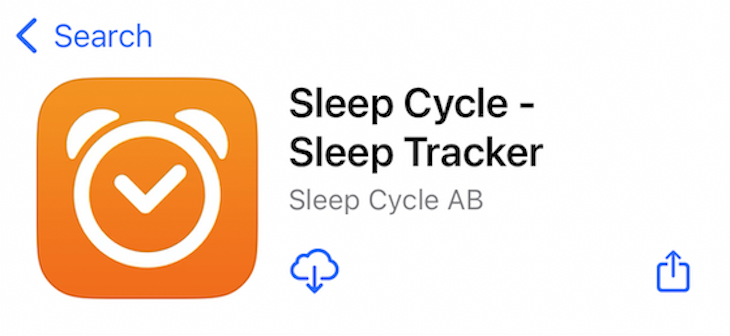
Even the most recognizable brands, such as Duolingo or Spotify, use this tactic. That should be adequate proof that this tactic is essential.
Both your app title and description should match the users’ search intent, and the right keywords are key here.
However, there’s an important difference between the Apple and Google stores.
The Apple store has a dedicated field with keywords you need to fill, and their algorithm lists your app for related search intents:
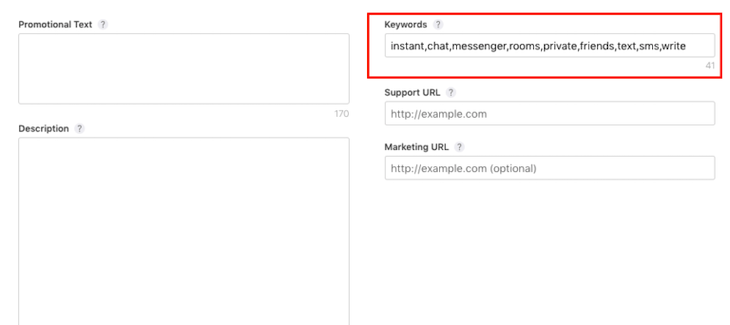
The Google Store, on the other hand, works similarly to how Google Search works. You don’t declare the keyword yourself, but the store indexes your listing and derives keywords from it based on your app description, so make sure to include keywords there.
Make sure to target keywords that:
The higher the traffic and CVR percentage on your listing, the better your app store ranking. One way to boost it is to push qualified users to listings yourself.
You can do it with:
If you also have a web product, consider pushing people to app stores and encouraging them to download your app.
It can be as simple as adding download CTAs within your product or as complex as limiting certain functionalities to mobile users only or offering an incentive for the download (e.g., bigger limits on the mobile app, etc.).
You can target mobile users specifically with various performance marketing channels, such as Facebook or Instagram ads.
It’s an excellent way to boost traffic on the listing, and the user willing to click on the ad is also more likely to download the product.
The more compelling the listing itself, the higher the chance users will hit the download button.
Ensure high-quality, up-to-date screenshots of the product and sharp descriptions. A well-designed video preview of the app can also be helpful, and it might even be worth engaging a marketing agency that’ll help you create one.
Your listing is your first selling point with organic users, so treat it with respect.
Each store offers its own A/B testing module, so make sure to use it:
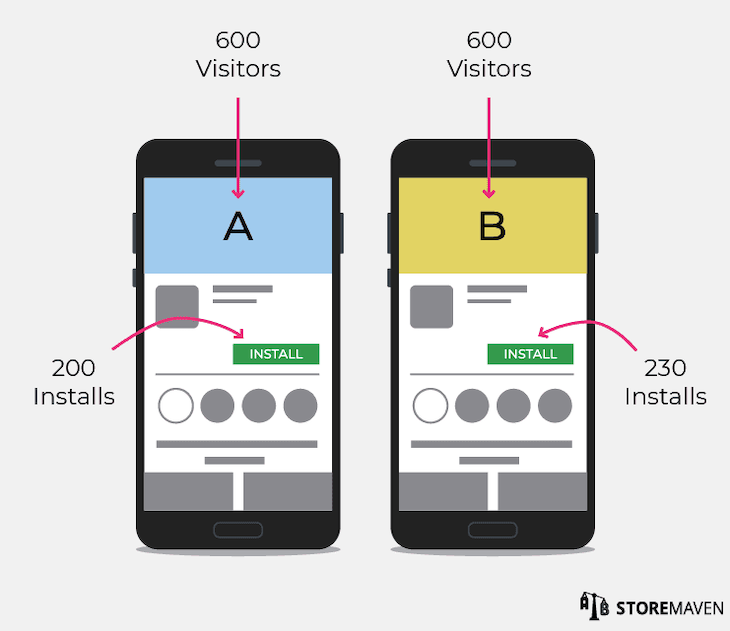
Experiment with:
These will allow you to see what drives the most traffic and has the highest conversion rates.
Be careful with frequently experimenting with keywords, as it takes some time for them to rank, so constantly A/B testing different variations might be counterproductive.
The more positive reviews you have, the better.
While the most important thing you can do is improve the value of your product and overall user experience, you can get some extra five-star reviews by encouraging your happy users to do so.
There are two main approaches:
Identify happy moments in the product, that is, points in time when you believe users are most satisfied with the product and most likely to leave a positive review.
Then just ask them to leave you a review. A default system prompt is often good enough:
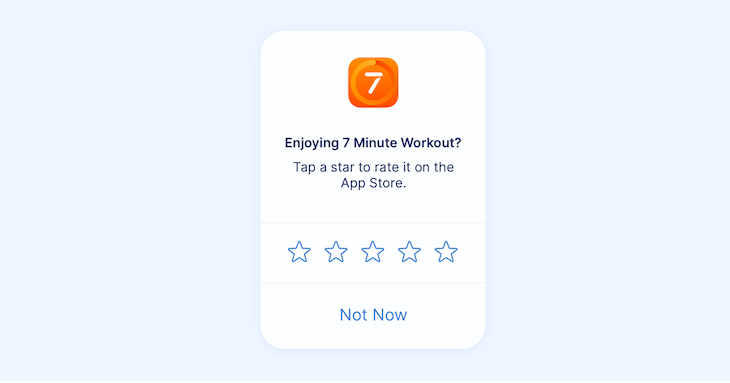
An example of a happy moment could include:
If catching users in their happy moments is problematic for some reason, you can filter satisfied and dissatisfied users with a custom banner.
The most common approach is to ask whether users are fully satisfied with the product. If they are, redirect them to the rating page. Otherwise, you can offer them a discount or ask them to fill out a feedback form, depending on your approach to unhappy customers.
Monitor the number of crashes and other issues in your app regularly. Aim for 99.8 percent crash-free sessions.
Anything below that signals some issues with the app quality and might discourage stores from favorably ranking your app.
App store optimization (ASO) is a critical part of every mobile app development. Ranking highly in store listings leads to:
While it’s never 100 percent clear how stores determine how high the app ranks in search results, there are some tactics I’m confident will improve your visibility.
First, include a keyword description of what you do in your app name. That’s the most straightforward yet most powerful ASO improvement you can make.
The second most important thing is choosing proper keywords that match users’ search intent and, ideally, are not crowded with competition.
Additionally, work on:
Once you nail ASO, you’ll unlock a potent and cheap source of new users, making app store optimization a worthy investment.
Featured image source: IconScout

LogRocket identifies friction points in the user experience so you can make informed decisions about product and design changes that must happen to hit your goals.
With LogRocket, you can understand the scope of the issues affecting your product and prioritize the changes that need to be made. LogRocket simplifies workflows by allowing Engineering, Product, UX, and Design teams to work from the same data as you, eliminating any confusion about what needs to be done.
Get your teams on the same page — try LogRocket today.

Most teams fail at autonomy. Learn how clear rules help product teams move faster without micromanagement.

A practical framework for PMs to use AI in ideation without sacrificing judgment, strategy, or decision quality.

A practical five minute revenue estimation method to help product managers compare ideas, drop low impact features, and prioritize smarter.

A practical guide for PMs who want to stop being bottlenecks, delegate smarter, and lead teams effectively with a clear ownership framework.